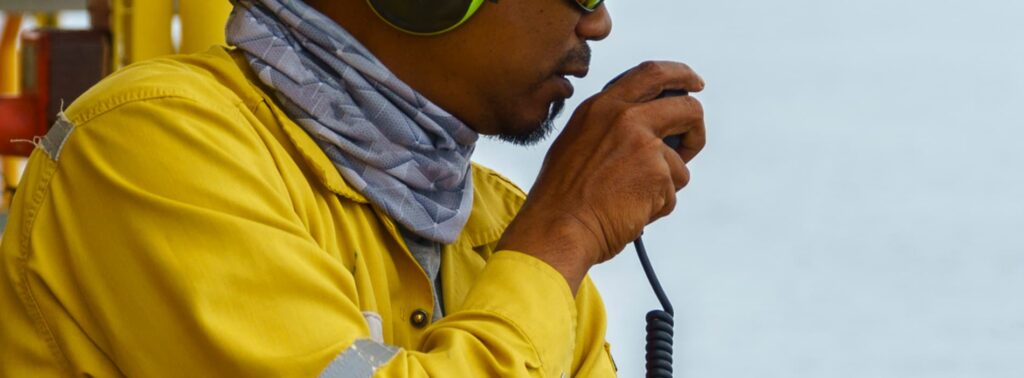
A communication system is an integration of equipment to form a complete system that allows people to contact each other and relay messages in close to real-time. Communication systems come in either a wired or wireless form.
The term “wireless” in wireless communication means the transmission of information over a certain distance without using any cables, wires, or any other conductors as such. Unlike wired communications, wireless form only requires radio transmission into an already established line of communication.
A wireless connection can be made over varying distances. There are short-distance wireless communications, for instance, connections from a wireless mouse to a computer. There are also long-distance wireless connections such as a connection between two mobile phones.
In today’s world, the term wireless communication is often used in reference to wi-fi connections, however, wi-fi is not the only form of wireless communication systems available. There are other systems such as satellite connections, wireless networking systems, infrared, Bluetooth, and more.
Wireless communication systems have many advantages as below:
Taking the case of internet connection, wired communications require digging trenches, drilling walls, installing cables, and manpower to have the connection run throughout the building, not to mention being time-consuming. In addition to installation costs, you will have to incur more costs on repair and maintenance. Further costs will apply if you need more connection points to accommodate new devices or people in your place. Wireless communications systems are less expensive to set up in comparison
Wireless communications systems offer a great deal of flexibility when it comes to where it can be installed. You can install wireless systems almost anywhere unlike wire system which depends on the structure of the building as well as its location. For instance, a wired internet system requires a building that can handle drilling for cabling, which may not work well with old buildings, glass, or tented structures.
With wireless communications, people can remain connected regardless of their location. You don’t have to be in the office to send an urgent email.
Remote locations such as mines or tourist hotels can make use of satellite connections for phone calls and internet access, ensuring connection to the world even when miles away from civilization.
With the growing usage of social networks and communication tools such as emails, people need to constantly be connected even while on the move. Wired communication systems are fixed in the place of installation and can not be moved, while wireless communication devices are mobile and can be moved anywhere.
Wireless Networks work with multiple devices, be it a desktop computer, laptop or smartphone. Wireless communications allow you to move freely while still connected to the network. Now you can leave your office and go for a meeting and still be connected without carrying wires with you, assuming the meeting place has internet ports to plug into in the first place.
Wireless communication also brought about improvements in the speed and stability of communications. Remember when your landline phone would stop working when the telephone pole outside your house fell on a rainy day? Or when a cable was cut due to accidents or simply wear and tear, and it would take ages before a telephone company came to fix it?
Now with mobile phones, such issues are a thing of the past. The same thing applies to wired internet connections, interruptions were much higher as compared to using a wireless system, saving you valuable time and money that it would take on repairs and maintenance.
Installing wired communications is costly and time-consuming. And even once installed, there is always the need to spend more on scaling the system to accommodate more devices or people. One must consider the time it takes to dig trenches and install cables and consider giving the project more time if you are located in remote areas.
With wireless communication, the first-time installation is much easier, and adding new people into the network does not require extra installations. As we see in wi-fi connections, all you need is to give the new person the login details and they will be instantly connected.
